Christina stuck with us through all the COVID years when she first worked remotely from her house, then in a small trailer at the farm, and even in an apartment at the front of the farm. Nothing slowed her down as she was determined to continue her excellent customer service and incredible work ethics. She was a part of our tiny social bubble and enjoyed Friday Night Dinner & Movie Night at our house when the whole world was in lockdown.
Christina has become a good friend to us. We celebrated with her when she turned 30, when she adopted her beloved dog Javier, and when she purchased her first house. She made us many unique items with her cricket, shared video editing tips, and cooked with me for my website recipes. She told me how to get tractor grease out of my winter coat and how to use my iPhone as a GPS in my truck (who knew?!)
I’m sure she would rather slip away quietly without any fuss but we’re not about to let that happen! We know all our customers will want to wish her well as she starts the next big adventure in her life. So join me in wishing her “Happy Trails” as she heads out west to a brand new home and life. No matter what this next phase in her life brings her, we know she will land with both feet on the ground and be very successful. We wish you all the best Christina, don’t be a stranger! You can visit “International Women’s Day 2023” to see more about Christina.
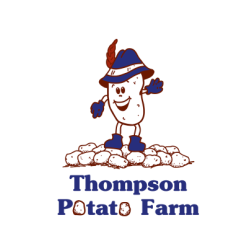
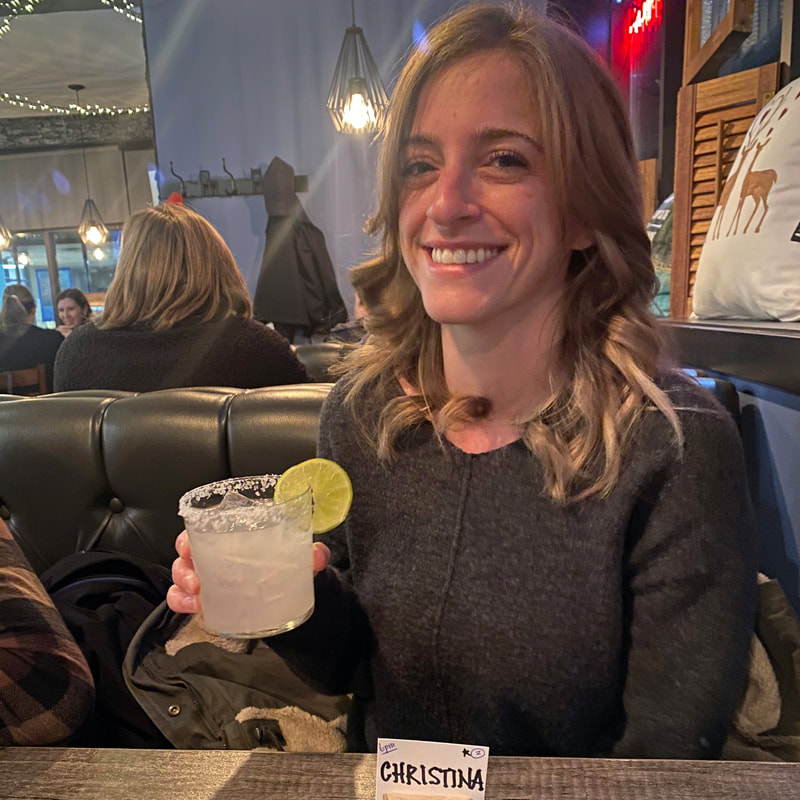
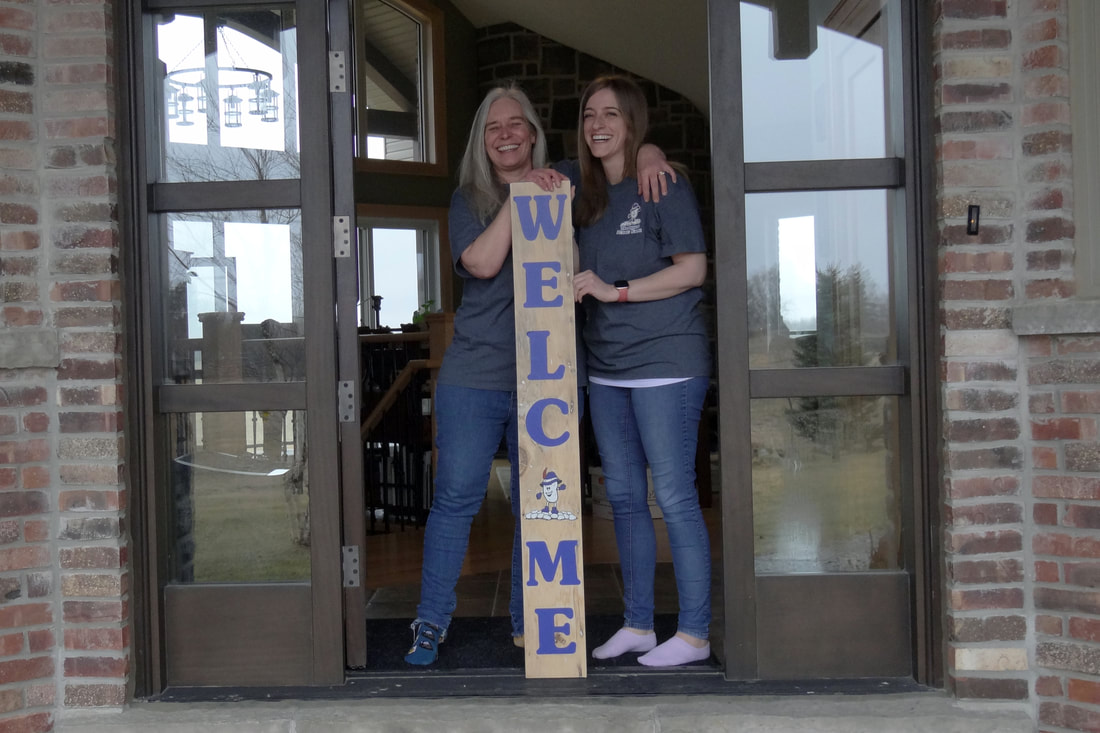
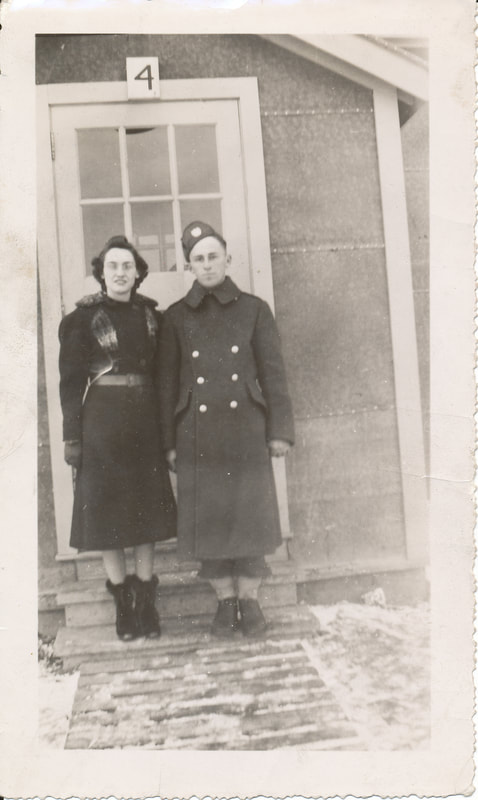
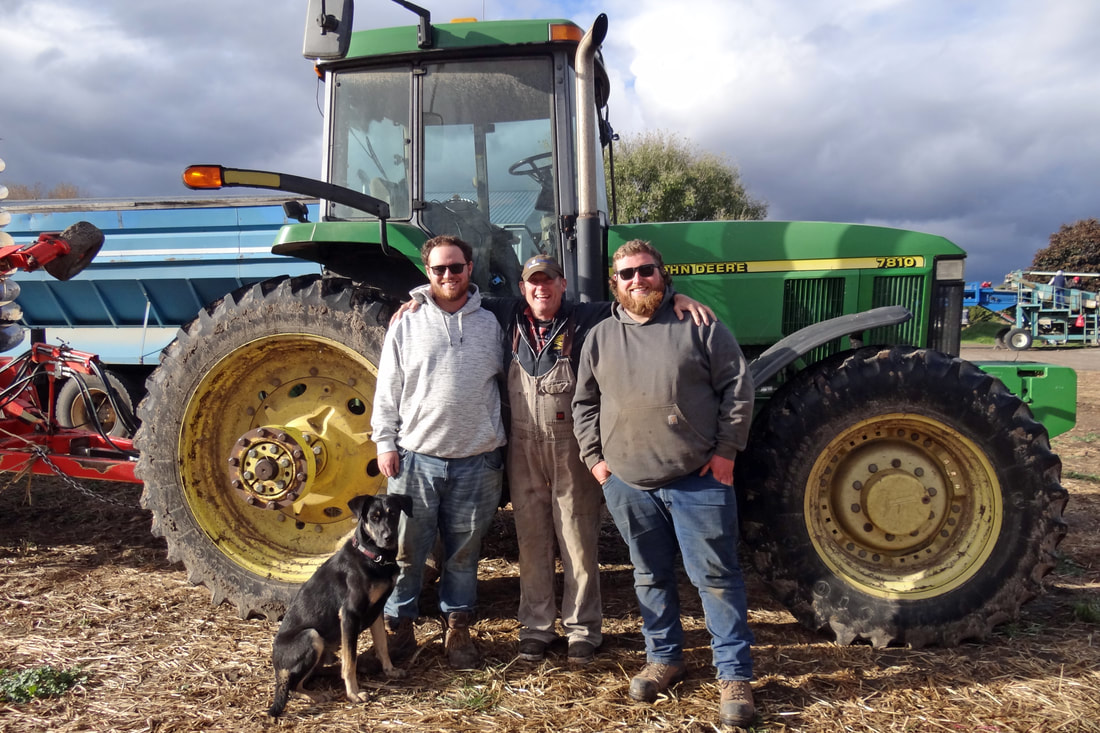
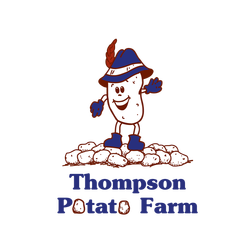
 RSS Feed
RSS Feed




